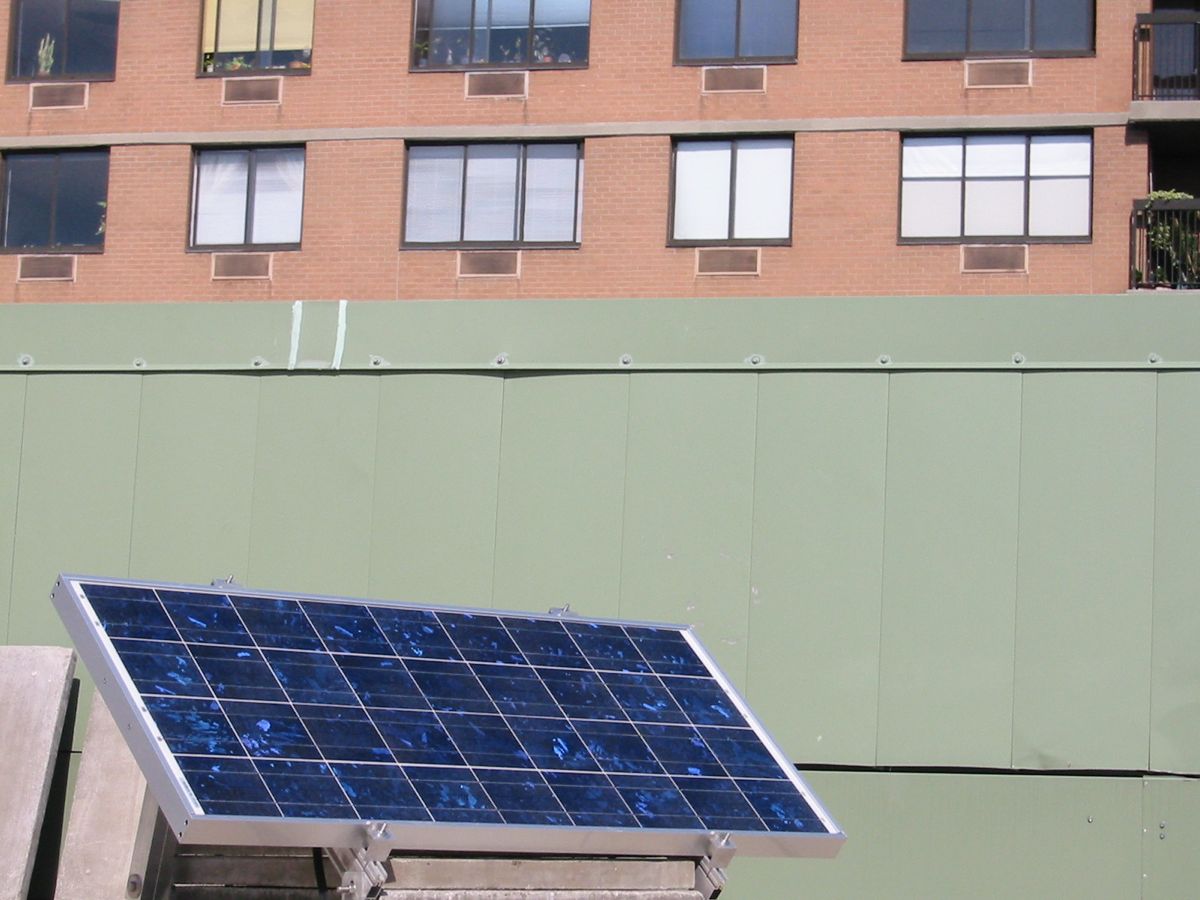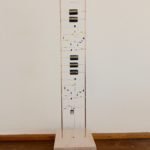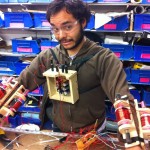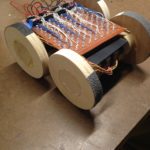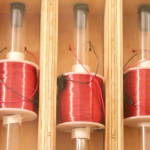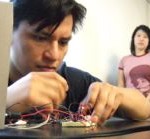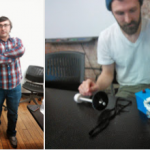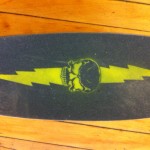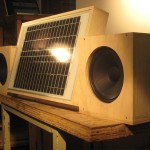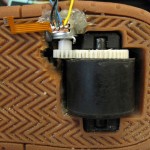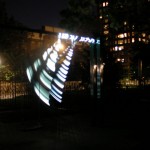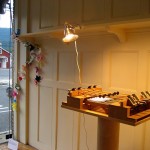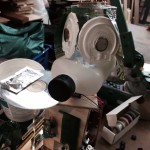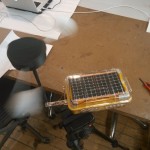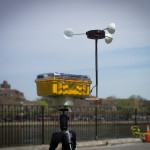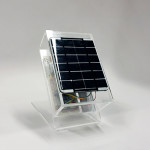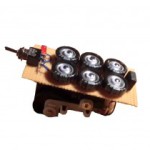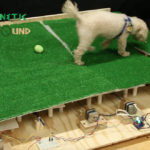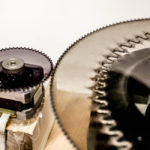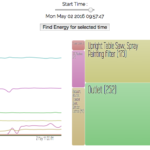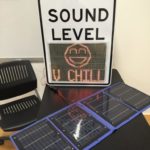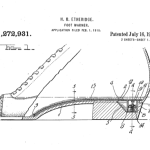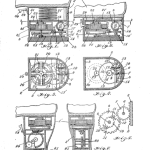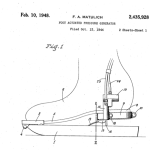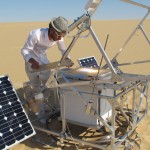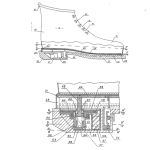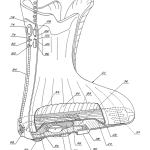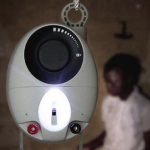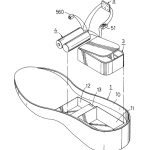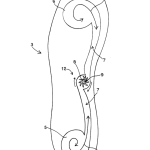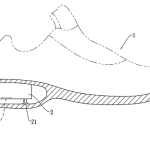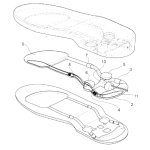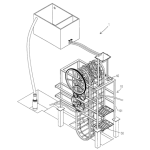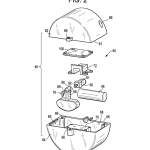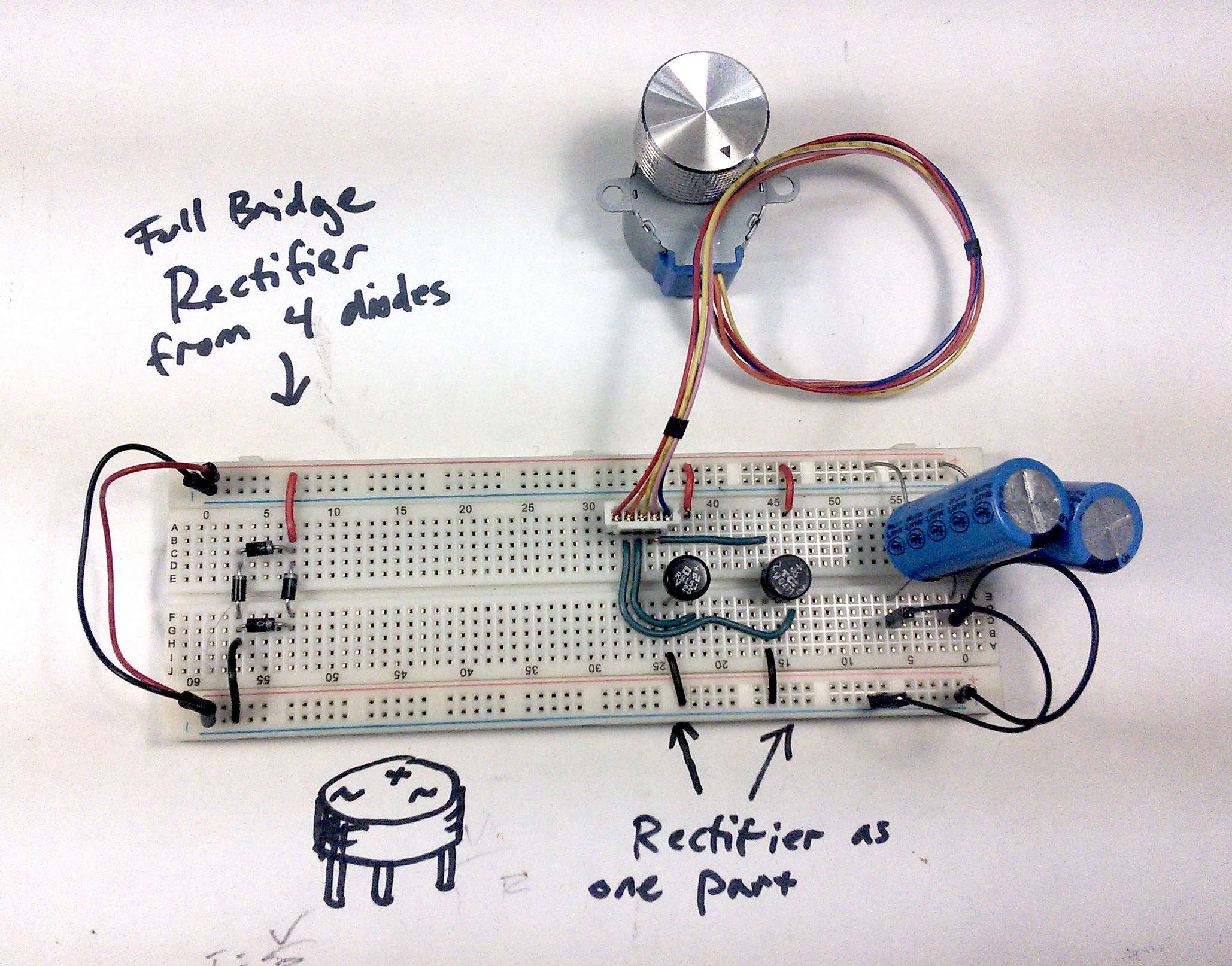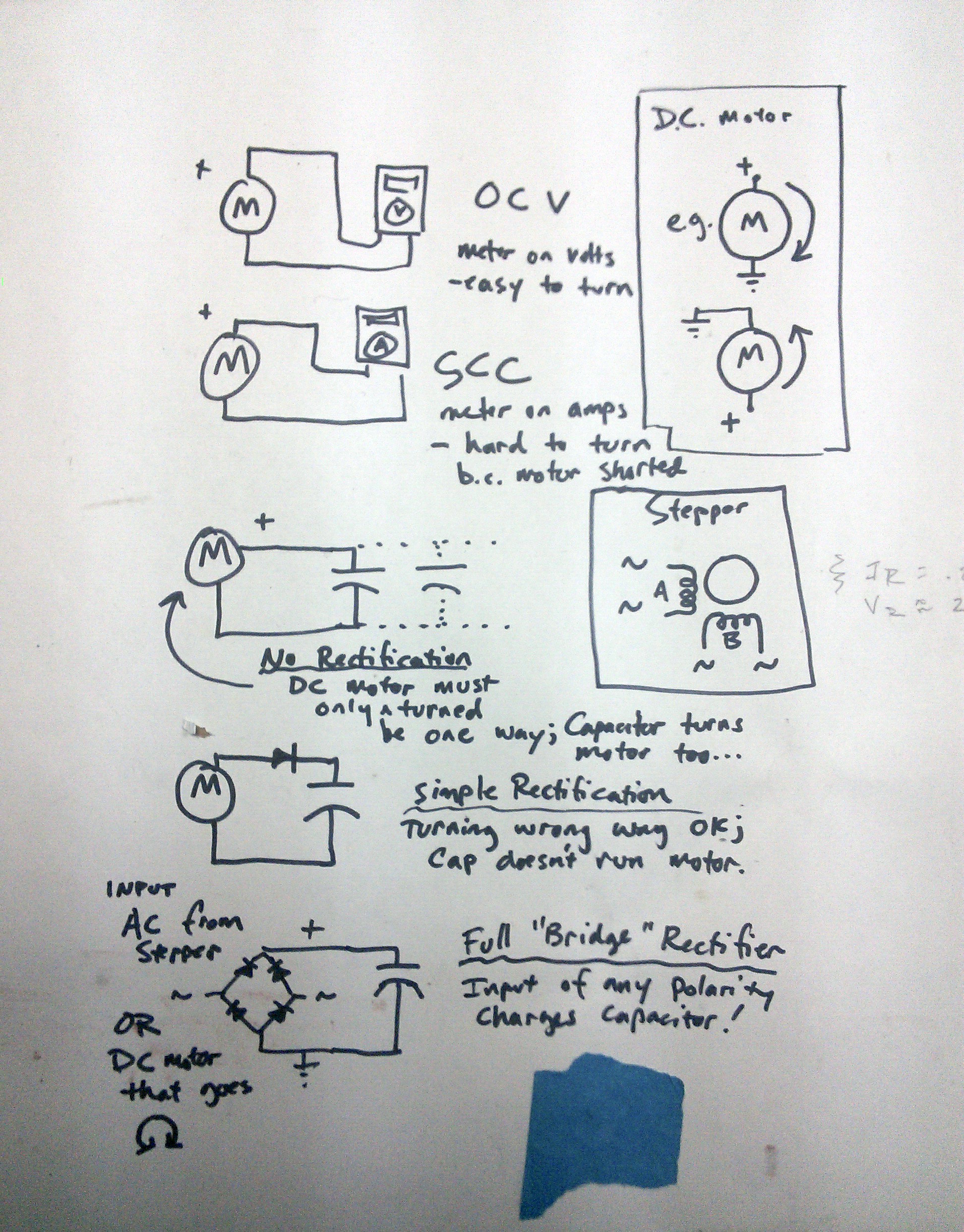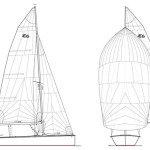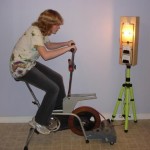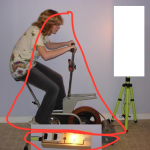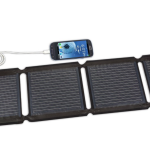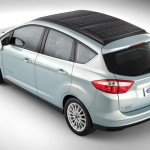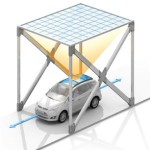Tuesdays, 12:10 – 3:05PM
Go to: Main class page goto week: 01 02 03 04 | 05 06 07 | 08 09 10 | 11 12
Schedule Overview:
| Date | Class | Date | Class |
|---|---|---|---|
| 1/24 | 1. Intro, start kinetic projects | 3/14 | Spring break, no class! |
| 1/31 | 2. Generate 1: Kinetic | 3/21 | 8. Solar 2 |
| 2/7 | 3. Storage 1: Capacitors | 3/28 | 9. Kinetic 2 |
| 2/14 | 4. Kinetic presentations, start solar projects | 4/4 | 10. Final workshop |
| 2/21 | 5. Storage 2: Batteries | 4/11 | 11. Special topics |
| 2/28 | 6. Generate 2: Solar | 5/2 (previously 4/18) | 12 Final Presentations |
| 3/7 | 7. Solar presentations, start final |
Student Documentation:
[row class=”row-fluid”][col class=”span4″]Chetan Hasabnis
Dimosthenis Markopoulos
Dorothy Chi Hung Lam[/col][col class=”span4″]Jaycee Holmes
Jesal Trivedi
Mithru Vigneshwara[/col][col class=”span4″]Richard Lapham
Samantha Schulman[/col][/row]
Some previous class projects:
Pawnetic Playground, Easter Vogel, Enertiv Monitor, Soundlevel Sign, Rios’ Ironman and Pedal Synth, Synthenetic, Circuit Board, SolaSystem, Heely generators, Light Swing, Solar Xylophone and some of Rory’s other stuff, Sam Galison’s squeezebox, Daft Junk, Kina’s Songlogger, Joao’s Sol, Oryan and Edson’s Solar Power Man, Hugo and Joe’s Datalogger, Natalia and Jacob’s light bug.
Week 1: Introductions
1/24/17
Most of your projects at ITP have an on button and a power supply – they are active energy users. They might even never turn off. This is possible because computation has become extremely efficient, abundant, and cheap. At the same time, the work you create at ITP may help make technology more irresistible, an increasing part of daily life. The energy consequences of that on button are magnified.
But if you’ve ever smelled that “hot electronics” smell from a frying TIP120 or LM7805, you’ve been closer than most to tackling questions about energy directly. And because of your work at ITP, you are in a good position to understand energy in a precise and nuanced way – an understanding generally all too lacking.
In this first class we begin the adventure of looking at the world – from the scale of an individual electronics project to the scale of the universe – in terms of energy. We introduce (or reintroduce) some of the few terms and units we will rely on throughout the semester: watts, joules, work, power.
The first class serves as an introduction to some of the larger themes we will pursue over the course of the semester. We look at the origins of the course and the relevant parts of my background, and hear from you about your experience and expectations.
More energy projects:
Photos: Soccket (See PM story from 2010 and updated in 2011), Gravity Light, Mine Kafon, Solar Sinter. Others are kinetic energy patents through the ages – filename = patent number.
In class:
- 2003 blackout presentation
- Build and measure pendulums.

- Form teams for the kinetic challenge.
Reading:
- An excerpt from Vaclav Smil’s earlier work: Energies: An Illustrated Guide to the Biosphere and Civilization. 1999, MIT Press, online here [pdf, 2.2mb]
- Subscribe to The Energy Gang podcast and listen to the most recent episode.
Assignments:
- Open up the power hand-out. What parts are in it?
- Find one or more potential “converter” candidates for the Kinetic challenge. DC gear motors work very well. Steppers, or (to a much-lesser extent) piezo crystals are potential candidates. Also find light sources – hi bright LEDs, etc. Can you get your converter to light up your light? Diodes and capacitors will also be useful in the coming weeks. Bring all materials to class next week, and brainstorm solutions for the challenge with your partner.
- Watch the section of this video (from 22:25 to 30:30) that introduces conservation of energy.
Housekeeping:
- Get the Smil text.
- Send me the link to where you will be keeping your documentation. Remember – your link should take me just to stuff for this class.
- Sign up for a shop safety session if you did not take one last semester. Follow all shop policies.
- Note: NYU is hosting a climate action conference March 10th and 11th, and Columbia is having an Energy Symposium February 2nd and 3rd.
Week 2: Generate 1 – Kinetic Energy and Conditioning
1/31/17
We’ll quantify kinetic energy, and see how it is converted into electricity (accounting for almost all of the world’s electricity generation).
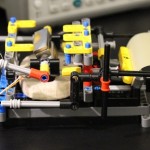 Last week we used some basic physics like force = mass * acceleration to start to understand our SI units for energy (the joule = 1 newton * 1 meter) and power (1 watt = 1 joule / 1 second). We used this to calculate things like the difference in gravitational potential energy in the masses of our pendulums when they were raised to their starting points.
Last week we used some basic physics like force = mass * acceleration to start to understand our SI units for energy (the joule = 1 newton * 1 meter) and power (1 watt = 1 joule / 1 second). We used this to calculate things like the difference in gravitational potential energy in the masses of our pendulums when they were raised to their starting points.
This week we’ll start with a very birds-eye view of energy, covering the history of the universe in a few minutes, up to “the world until yesterday”. We’ll see the genesis of heat engines – devices that turn chemical energy from fuel into useful mechanical work and which have fundamentally shaped the modern world; and we’ll introduce induction, the primary means by which we turn mechanical work into electricity. Almost every electron we use is pushed to us this way.
In class:
- Lab: Generating and Conditioning. Topics will include:
- Measuring current with a meter
- Measuring open circuit voltage, closed circuit current of a converter
- Intro to: Voltage regulators, bridge rectifiers, role of capacitors
- Kinetic Energy slides (pdf).
- 5 Minute Energy – The big bang through the industrial revolution. (here’s the latest Lawrence Livermore flowchart for the US energy sector)
- Kinetic Electrical one-sheet
Notes: Columbia is having an Energy Symposium this week. Student price is $35.
For reference:
- This video shows a Soccket being assembled. The motor/generator appears to be a Precision Microdrive DC motor such as this one from Sparkfun. The battery is probably a single 18650 lithium cell. This is the Soccket patent. Aside from the generator and battery, the main other component is the LTC34105 chip from Linear Technology.
- There’s a set of iFixit guides to the Gravity Light, which let us see the insides of an early version. Here’s their patent. Note they eliminate nearly all the circuitry save the motor/generator and LED, relying on the mechanism to store and release energy. Precision Microdrives appears again, this time as a consultant to the Gravity Light team for their gear train.
- The ingenuity of these types of things lies in the mechanics more than the electronics. The magnet/coil side of things is pretty settled. Note this 1900 patent for generating electricity from the wind; elaborate mechanism of sails, pulleys, and chains, ultimately spinning coils inside a (horseshoe) magnet.
- As such, the same ideas resurface continually. Note all the shoe power patents above. Also, here’s three versions of a revolving door generator, including the “world’s first” in 2008 and one from the 1920s.
- But this year we have TIME CRYSTALS! (really!)
- The circuit and schematic from class.


- This cool reconfigurable gearbox and motor kit shows how gearboxes trade speed for torque.

Reading:
- Smil, Energy, a Beginner’s Guide Chapters 1 and 2
- Energy Scavenging for Mobile and Wireless Electronics, Paradiso, Starner, 2005.
- Some good material on induction can be found in this recent Make project
Assignment
- Continue building your kinetic device. Using an oscilloscope and multimeter, measure or estimate the open circuit voltage and short circuit of you generator. How fast can you charge a capacitor?
Week 3: Storage 1 – Capacitors
02/7/17
We’ll look at the connection between motion and electricity via induction, and quantify the energy stored when charging capacitors.
An LED is a pretty forgiving load to power, since it doesn’t doesn’t need to boot up and compute anything. As long as we provide enough current (but not too much) we can light it up. So using an LED (or rather, light in general) for the kinetic challenge is a good place to start. However, we might eventually want to power a less forgiving load – something like a microcontroller that requires a more carefully regulated power supply.
The Paradiso/Starner reading gives a good introduction to the kinds of sources that might be considered for powering mobile electronics. (BTW – they’ve treated each topic covered in that paper in more depth elsewhere. Search for their papers if a particular area is of interest.) Typically those sources are low power and intermittent, both factors in requiring some degree of energy storage.
In class today we’ll look at adding capacitors to the rectifier circuit we saw last week, and we’ll calculate the energy stored in a capacitor. Once we know that we can determine the “real world” power a generator is capable of by using it to charge a capacitor: the energy added to the capacitor, divided by the time to do it, yields the power of our generator.
In class
- Discuss GTM, Paradiso and Smil
- Energy Storage, Capacitors, Strategies for conditioning kinetic input.
- See kinetic challenge hardware in progress
- Lab: Measuring power by charging capacitors
Reading:
- Smil – chapter 3.
- Biomechanical Energy Harvesting, Donelan et. al.
Watch: Inductor video for more information on step up converters and using steppers as inputs
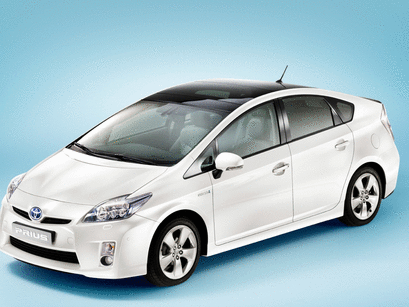
Assignment: Finish kinetic challenge for presentation next class. Be prepared to quantify your work using energy and power terms.
Week 4: Kinetic presentations
2/14/17
You will present your creations for the kinetic challenge in class. Some projects from previous years:
Kinetic Presentations
Theme for the day:
In class:
Workshop final concepts(moved to next week)Workshop your individual topics and select presentation week (8-11).- Solar challenge kickoff
- Form teams
- Assemble solar charge kits
- See microcontroller load measurements
Reading:
- Smil – chapter 4.
- This short article on Tesla’s large grid-attached battery.
Watch: Solar 1.1 and Solar 1.2. While we’re actually starting with batteries rather than solar directly, we’ll review this material.
Assignment: Choose your “computation” for the solar project. Create a rough energy budget based on experience, direct measurement or estimates from documentation – post this your blog. Choose and order a battery compatible with the solar kits, along with any other components you need.
Note: 2nd years Mathura and Vinyata are planning to do a demo of the Enertiv energy monitoring system on floor. February 17, 12-2 PM.
Week 5: Storage 2 – Batteries
02/21/17
We’ll consider batteries.
I’ve visited Thomas Edison’s factory in East Orange, NJ, now a national park. On display are Edison’s library, large and precision machine shops, his early recording studio (where a variety of cones performed the function of microphones) and a reproduction of “Black Maria”, the house-like film stage with a retractable roof that could be rotated to follow the sun.
Edison developed a robust nickel-iron battery used in early electric transportation applications. Many of his other devices, such as the cylinder recorder shown below, were powered by batteries in beautiful glass jars. Improvements in batteries since this time have been incremental – while the power density of batteries has increased (the ability to rapidly charge and discharge), their overall energy storage per unit of mass or volume has increased less rapidly.
In 2015 I wrote: “Some battery news this year (will any be around next year?) Sakti3, kAir (see also here), and packing peanuts.” As of this year, Sakti merged with Dyson, kAir pivoted and might have vanished, and there’s been no news since then on packing peanuts as batteries. This is typical of the battery space: each year brings promises of a new technology that will revolutionize batteries, but actual innovations that can make it to market and actually be manufactured at scale are few and far between.
In class:
- Current events / discussion
- Workshop final concepts and individual topics presentations (rescheduled from next week)
- Battery presentation 2017
- Hands on: measuring current and voltage in situ; reducing power consumption; selecting low-voltage options.
Reading:
- Smil Chapter 5
Assignment: Continue solar project. Have final platform and sensors in hand this week. Have at least a 1-hour test run of prototype before the next class, in preparation for longer solar+battery-powered tests. Carefully measure voltage before and after tests to estimate capacity used or solar charge gained.
Resources:
- This is a good battery primer.
- The Voltaic blogs and tutorials.
Week 6: Generate 2 – Solar
02/28/17
We’ll take a first look at photovoltaics – a non-induction means of generating electricity.
Aside from nuclear, tidal, and geothermal energy, all energy ultimately comes from our sun. In space, near earth, this power flow is about 1370W per square meter; on earth with the sun directly overhead we can expect about 1000W per square meter. This enormous power flow drives the wind and waves (the kinetic energy of which we can capture), lifts the water that rains down and fills damn reservoirs (the elevation of which provides gravitational potential energy), and, for billions of years, has been captured by life on earth, subsumed by geological forces and transmuted into the fossil fuels – coal, oil, natural gas – that are currently powering our civilization.
But as powerful and pervasive as sunlight is, compared to the fossil fuels we’ve become accustomed to, it is diffuse and intermittent: it will take a lot of PV material, and the ability to economically store the electricity it produces, to run big parts of civilization. In this class, we start small, looking at BEAM robots, which accumulate solar power and use it in small bursts to create charismatic life-like creatures. This will serve as a basis for considering big solar power.
Assignment: finish the Solar project, and listen specifically to this Energy Gang episode on energy poverty. We’ll discuss in class.
Notes from class:
- Solar AMA
- Comparison of home-sized battery backup for solar.
- Gates’ analysis of the cost of storing electricity.
- A typical DC-DC boost converter (1W, 200mA)
- Voltaic’s good solar-powered IoT write up, including power analysis. Aim for this level of detail on your solar projects.
- Some microcontrollers like the ATTiny can run on a range of input voltages.
- NREL’s PV calculator
- A recent report detailing the latest growth in solar.
Week 7: Solar presentations
03/7/17
Note: NYU is hosting a climate action conference March 10th and 11th.
Resources:
Assignment:
- Choose your final project and post the following to your blog: Working title, 1-sentence description, 1-2 paragraph description, working BOM.
- Consider the criteria listed for the final and suggest alternatives.
- Richard, Dimos, and Jesal, email me your topics for discussion in week 8.
- Continue listening to the Energy Gang podcast.
- Enjoy your spring break!
3/14/17 Spring Break
No Class
Week 8: Solar 2 Low Power Lab
03/21/17
In class:
- Student topic presentations: Jesal, Dimosthenis, Richard.
- Discussion of
- final projects and final criteria
- energy poverty podcast and most recent GTM podcasts.
- Low-power lab. The LowPower, DeepSleepScheduler, and Adafruit SleepyDog libraries are all available from within Arduino’s Library Manager; Jeelibs is available here: https://github.com/jcw/jeelib
- If time allows: Solar 2, everything after the panel.
- If time really allows: Energy Quiz!
Resources:
- Mathura’s Enertiv Project for ITP energy dataviz:
- The Organization mentioned in the Global Energy Poverty podcast, Power For All, has great resources on decentralized power in emerging economies.
- The IEA has some top-level stats on the issue.
- This page documents combining the LowPower library calls with removing power LEDs and on board regulators on the Pro Mini, for the lowest possible power consumption.
Assignments:
- Revise final concepts, order all parts from BOM. Post a short status update on your class blog before next week.
- Review the climate and energy writing of Eric Roston from Bloomberg. Eric will be a guest speaker next week in class.
Week 9: Kinetic 2 Solar 2
03/28/17
Resources: ITPs Enertiv Javascript module
In class:
- Student topic presentations: Chetan, Mithru, Jaycee.
- Final updates
- Energy Poverty
- Solar-2 slides (2017)
- Quiz
Assignment: Get final close to physically finished, enough so that working prototype can be brought to class for week 10 workshop. Begin planning final presentation and documentation.
Week 10: Final Workshop
04/04/17
In class:
- Review Quiz
- Student topic presentations:
- Dorothy
- Samantha
- 1-1 project meetings.
Guest: Eric Roston
Week 11: Special Topics
04/11/17
Big Kinetic and Laws slides
Week 12: Final Presentations
04/18/17 5/2/17
Yay!
